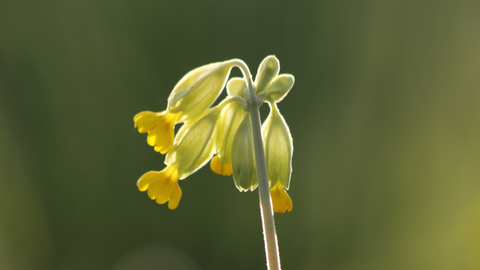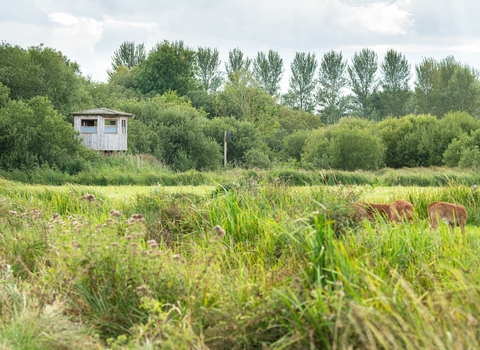Gunton Meadow - Steve Aylward

Green winged orchid by Steve Aylward

Gunton Meadow - Steve Aylward

Cowslip by Steve Aylward
By Steve Aylward
By Steve Aylward
Gunton Meadow Nature Reserve
Location
Know before you go
Dogs
When to visit
Opening times
Dawn until duskBest time to visit
May to JulyAbout the reserve
Despite all the odds, fragments of outstanding wildlife habitat can still be found in Lowestoft. There is a diversity of semi-natural habitats here which is unrivalled in any other Suffolk town ranging from coastal dunes and heathland to fen and wet woodland. Gunton Meadow is a habitat mosaic of species-rich grassland, scrub and ponds for newts.
Huge development pressures have whittled away at the remaining old meadows and ancient woodland of north Lowestoft, yet a handful of remarkable sites have survived. Gunton Meadow is just one example, saved from development by the concerted efforts of local people and Suffolk Wildlife Trust, and ultimately saved as a planning condition when the adjoining supermarket was extended. This endeavour has secured a mix of species-rich grassland, scrub and incredible ponds for newts. Although neglected for years, the grassland has been restored. This was spectacularly achieved on an area of land north of Leisure Way which Suffolk Wildlife Trust also manage. Here five species of orchid including twayblade, green-winged and common spotted along with a host of other wildflowers are flourishing under a reinstated regime of annual hay cutting. These wildflower-rich meadows in turn support a wealth of butterfly species such as skippers, ringlet and common blue. It is an excellent example of just how biodiverse these boulder clay meadows can be.
The areas of scrub across the site are home to nesting bullfinch, greenfinch and long-tailed tits in the spring and summer. Throughout winter you can see huge flocks of finches feeding high in the trees. As well as newts, the ponds on site are full of frogs and toads whose life cycle can be witnessed from frogspawn in the ponds, to tiny froglets on the pond edges in summer, to adult common frog feeding on insects in the meadows.



